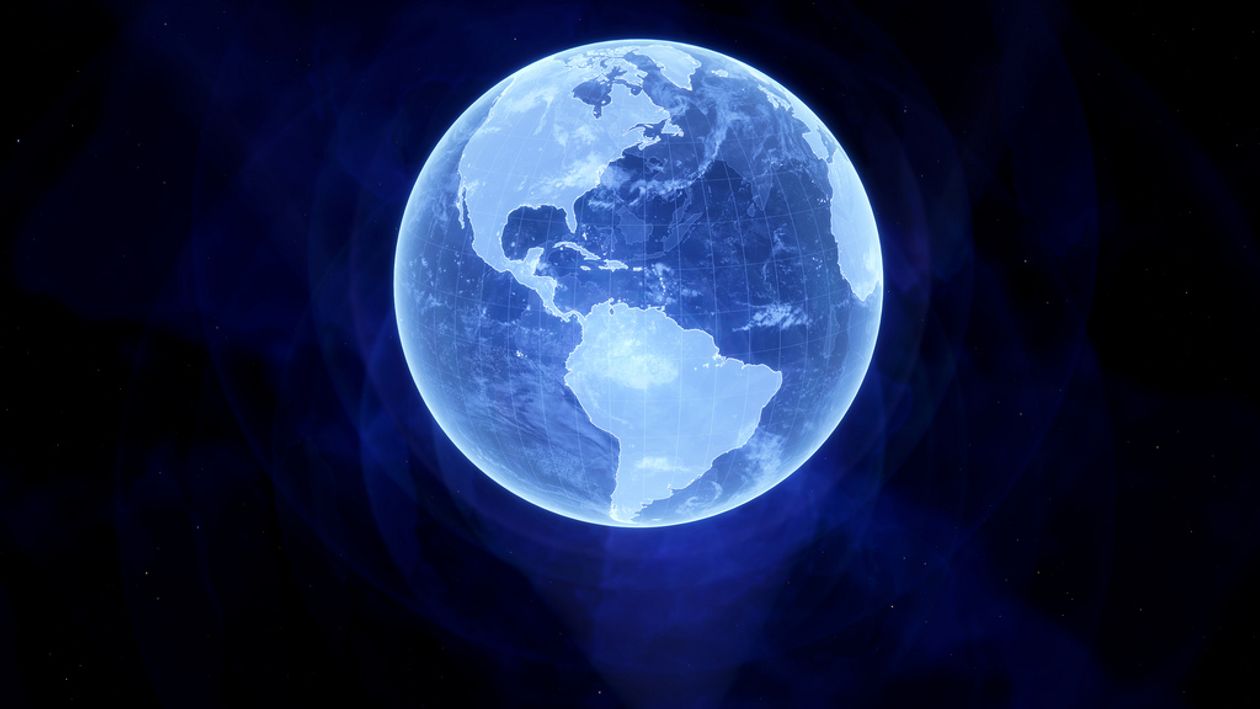The Future Of Holograms
by 900lbs of Creative

“Help me Obi Wan Kenobi, you’re my only hope!” In 1977, holograms were just another tech wonder employed by George Lucas to wow and amaze moviegoers and soon-to-be Star Wars super fans. Not anymore. But what is a hologram really?
At the 2012 Coachella, lucky attendees were able to enjoy a performance by Tupac Shakur in what appeared to be holographic form. This feat was accomplished using a trick developed in the 19th century by optics researcher John Pepper, titled “Pepper’s Ghost”. With the help of mirrors, an expensive screen, and some light angled just the right way, we get the image of Tupac. Yet, this is not a true 3-dimensional hologram. This technique only manufactures reflections. If you rip your dusty box of sports memorabilia out of the back of that hallway closet, you might find some holographic baseball cards. Again, these are not true holograms either.
Aerial Burton, a company based in Japan, is making great strides in hologram technology. They are motivated by the concept of using the holograms to display helpful information during emergencies and disaster situations such as a tsunami. With the help of the floating text, people could receive real time updates about where to go to safety and what is actually occurring at the time. A hologram isn’t limited like physical signage and could float up above large crowds, rushing water, or dangerous debris, for example. You can project a hologram up to 10, 20, 30 feet in the air above wreckage on the street, helping people see it quicker and easier. At the end of the day, a television is made of glass and could likely break in an earthquake or a flood.
The world of visual technology is constantly pushing forwards to see what is possible with pixels. We’ve gone from enormous box sets, to HD, then to flat screens, and now we have 4k and even curved televisions. In the near future, we may be able to eliminate the need for screens all together.
The beauty of the 3D technology stems from the ability to project anywhere. Unlike the Tupac concert and those old baseball cards, these new holograms are not limited to a surface. Aerial Burton has discovered a way to produce true 3D holograms using a laser projector capable of the phenomenon of plasma emission. In simpler terms, they zap air molecules with lasers really fast to create images in mid air. The air reaches such high temperatures that the gases ionize and pockets of floating plasma are created. These holograms are not only for looking, they are also haptic and interactive. Yes, you can actually feel the holograms when you touch them. In the future, we may even be able to stretch and pull at the light in these displays, manipulating the hologram however we want. Not even George Lucas saw this coming.
While this advanced tech would be extremely beneficial in hectic situations, the potential applications of these holograms are endless. These advancements bode well for the future of marketing, entertainment, education, and mobile phones. Imagine Tokyo and Times Square chock full of 3-dimensional advertisements. Imagine sitting in your living room at home, while a holographic Steph Curry sinks his one millionth 3-point shot. Picture yourself sitting in a restaurant, selecting your meal from a holographic menu, using your hands to slide through the 3-dimensional interactive list of choices.
At 900lbs, we are extremely excited by these advancements in hologram tech, because no longer are we bound to creating content only for 2-dimensional surfaces. We pride ourselves in our ability to be at the forefront, to innovate, to lead. We are ecstatic about the prospect of delivering content to our audience in 3 dimensions, to create material that will awe and inspire for our clients. Holograms won’t replace everything, but for those brands looking to stand out from the crowd, 900lbs has an eye for the future and knows how to leverage the right technology with captivating content.
When we think of the future, we think of space travel, self-driving cars, and holograms. We picture the world of the Jetsons. The future? Looks like it’s just around the corner. Maybe we’re already there.

